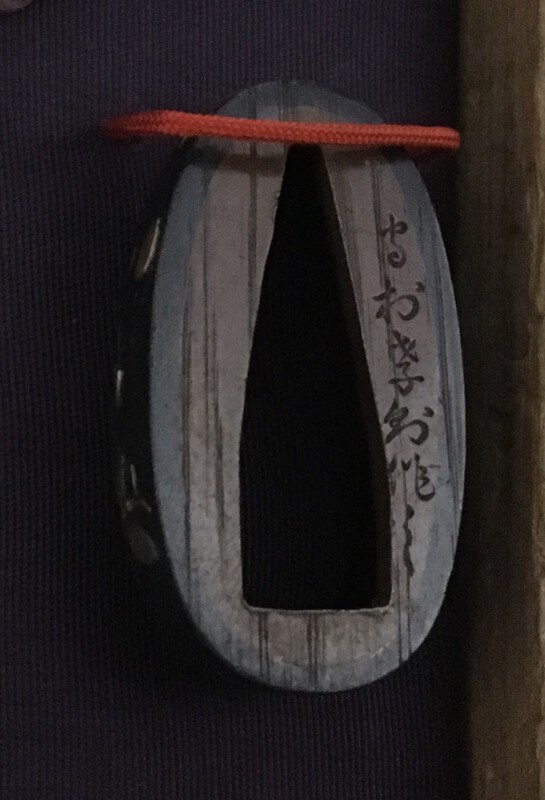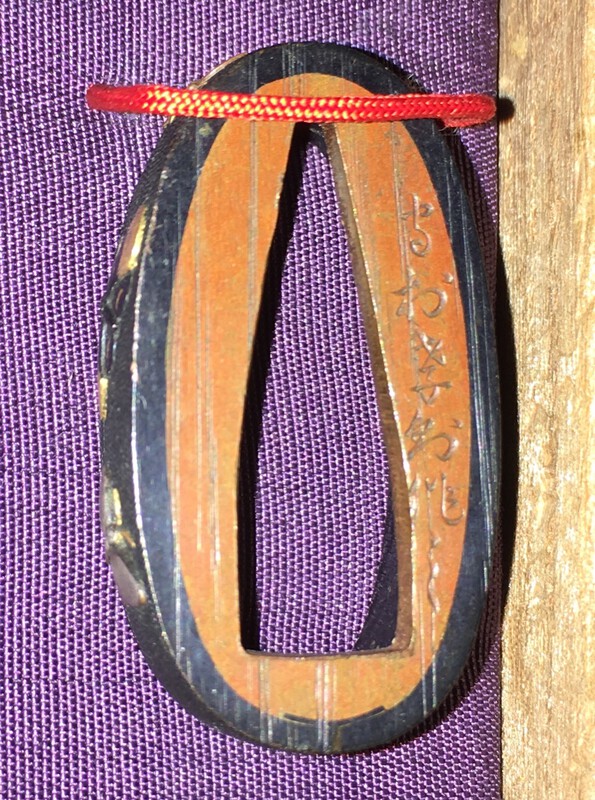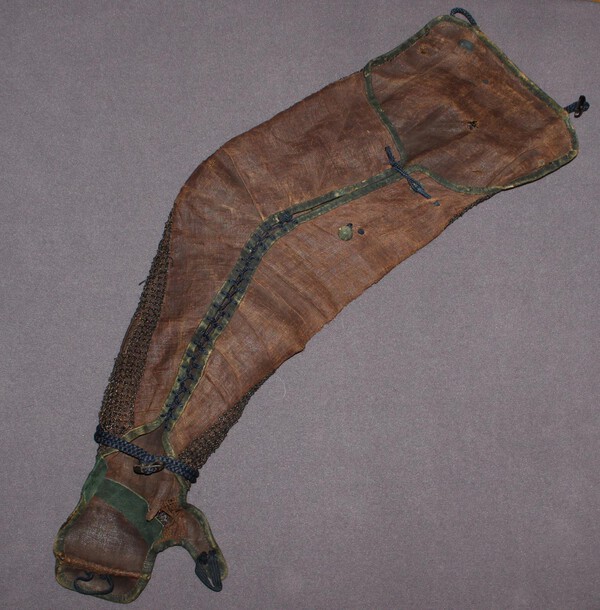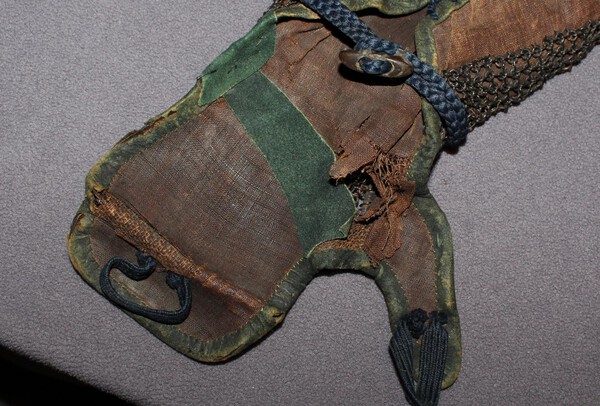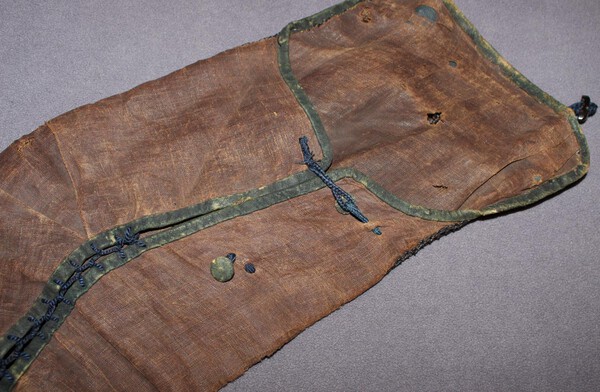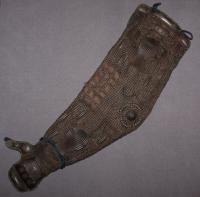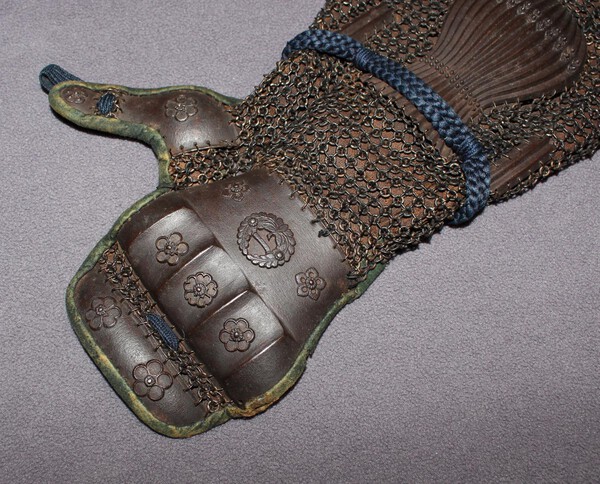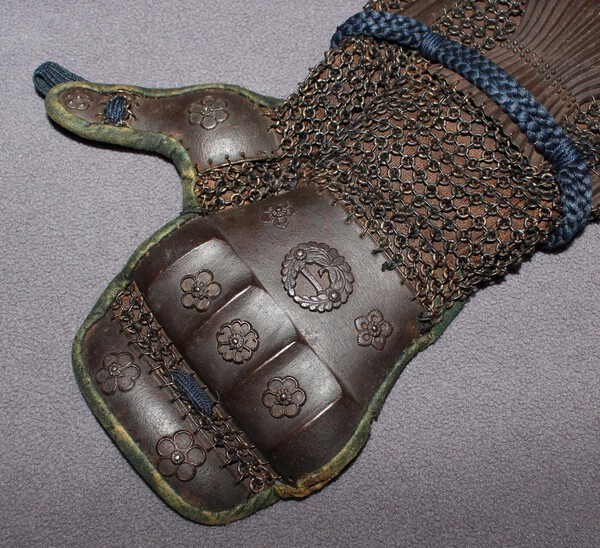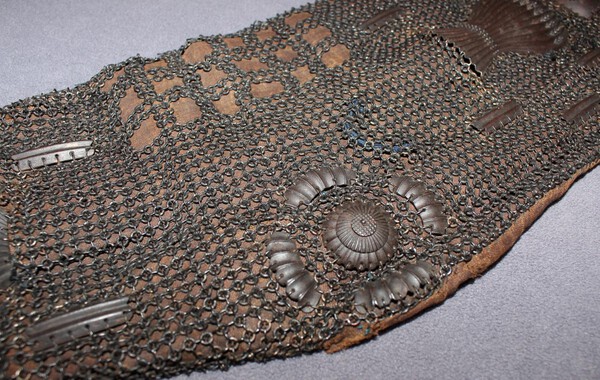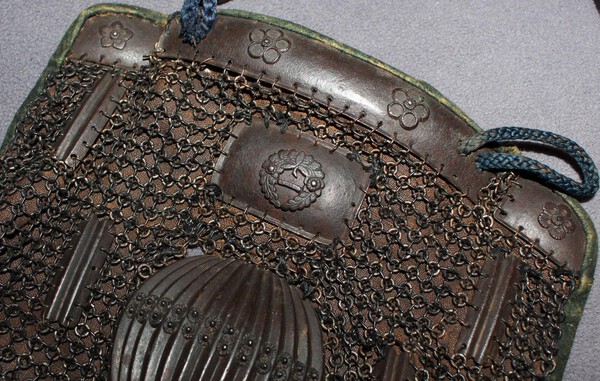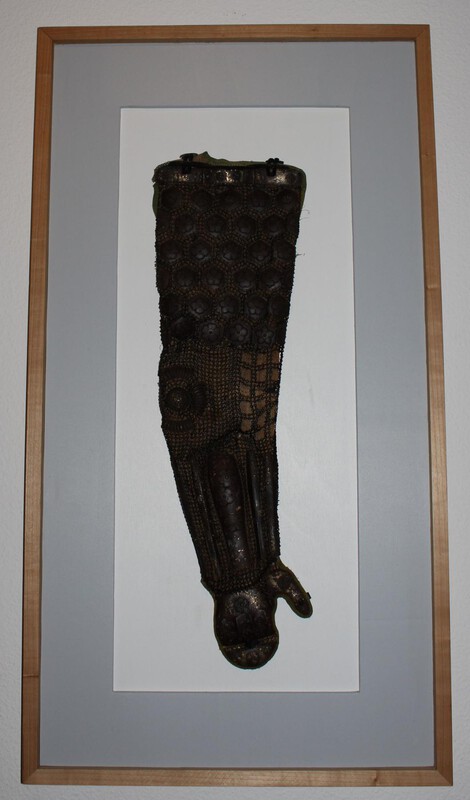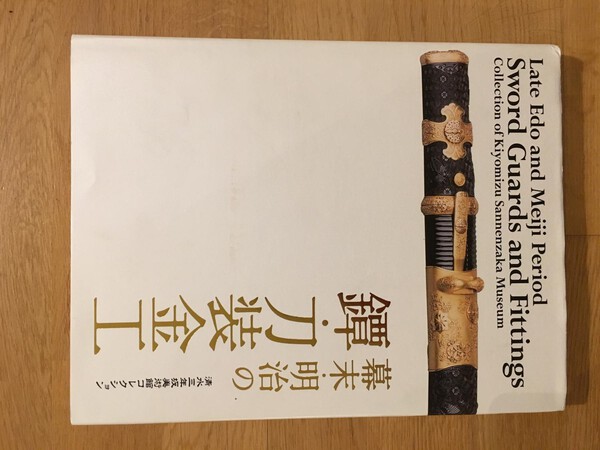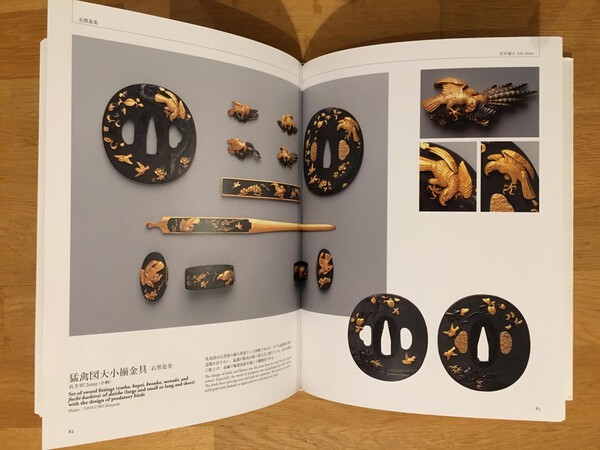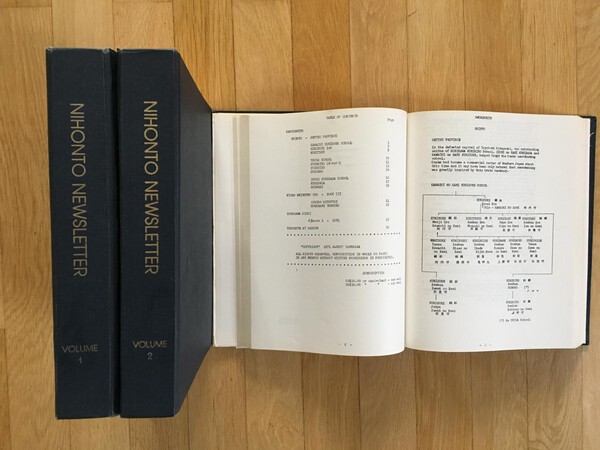
Higo-san
Members-
Posts
707 -
Joined
Everything posted by Higo-san
-
Thank you very much, Morita-san!!!! I will post additional pictures once I am back home . Best, Chris
-
Dear all, this is a tough one to translate! Nevertheless, I am feeling confident that there is someone here who can assist. Thanks a lot, Chris
-
Thank you for the additional info, Klaus! I will also forward your compliments, Stephen !
-
Hi George, this could also be true. My initial reading was Showa „十八“ (= 18) which is 1943. However, the kanji does indeed resemble a nine (九). Best, Chris
-
Thank you all - now that I have a name, I have realized that there is already plenty of info on Munetoshi and the variations in his mei on the board (e.g. http://www.militaria.co.za/nmb/topic/8546-survey-of-gunto-contract-numbers/).Therefore, no further info needed from my side - thank you all! Best, Chris
-
Hi Chris and thank you so much - I think you hit the nail! The nakago is not star stamped - please find attached pictures of the full tang. It is dated July 1943. Best, Chris
-
Dear all, a fellow collector bought a showato at an auction yesterday. He is now eager to translate the mei and asked me for a little assistance. I have already figured out that the blade was made in July 1943 and the first Kanji of the smith‘s name is obviously Mune (宗). However, the online swordsmith database does not contain a smith who signed Mune in combination with that second kanji and who was active in Showa period. Maybe someone can help with the Mei and provide a little background on the smith. Many thanks, Chris
-
Showa-To With Sword Examination By Mike Prill?
Higo-san replied to vajo's topic in Auctions and Online Sales or Sellers
Maybe I have missed something here: the expert opinion says that Mr Prill is a member of the NBTHK EB - however, I cannot find a passage where he states that he is an expert authorized by either the state or the NBTHK. -
Somehow reminds me of Murakami school work; who else sees Hosono Masamori in the way the plants and flowers are done? Best, Chris
-
Even if he is very modest about his skills - one more vote for Uwe!
-
SOLD
-
-
Dear all, this is my last sale before Christmas: a very beautiful russet iron kote with a Family mon. My guess is that this is a work done by a Kaga armorer due to the nicely done little mon. This is a high-grade piece that came from the Ott Collection. I have also attached a pictures that gives you an impression of how a single kote can be displayed (the kote in the frame is not part of this offer). Length: 65 cm Age: Edo period Asking Price: EUR 300.00 (including PayPal) plus shipping Best, Chris
-
Agree with Luis - the second one is worth a Hozon shinsa. The other two tsuba are also nice but the middle one definitely stands out with beautiful details (just take a close look at the eyes). Best, Chris
-
Just a small update: there are lots of items left that did not sell during the auction. Hermann usually gives a 10-20% discount on these: https://www.hermann-historica.de/de/objekte?aid=157&Lstatus=3&Accid=1719&cname=Japan Best, Chris
-
One last update and discount for the weekend: - Hara Shinkichi, Die Meister der japanischen Schwertzieraten (3 volumes!) - good/very good condition: EUR 150.00 (about USD 180.00) plus shipping costs - Late Edo and Meiji Period Sword Guards and Fittings (hard bound) - very good condition: EUR 95.00 (about USD 110.00) plus shipping plus shipping costs - Sasano Masayuki, Tosogu no Kansho - used/good condition: EUR 85.00 (about USD 100.00) plus shipping costs Best, Chris
-
Thank you, Dirk. I am glad to hear that!
-
Please find below pictures of the remaining four books. I will give a 10% discount on these (valid until the end of the week)! It is really hard to find the 1931 volumes by Hara Shinkichi which contain the high-quality collection of the Hamburg Kunst und Gewerbe Museum. Plus, I have also included the 1902 Hamburg booklet.
-
Higo volumes are SOLD. Yamanaka volumes are SOLD.
-
Thank you, Ken and Tom! As there seems to be some confusion about the Yamanaka Newsletters, I have attached a picture of the volumes. Sorry about the quality, but I do not have my camera at hand. Regarding the other books, there is (at least to my knowledge) only one edition. And yes, I am selling the Higo volumes (limited edition of 500 copies) plus translations way below the original retail price. Best, Chris
-
Hi Tom, the authors are Masayuki Murata and Michiko Hirota! The book is about the collection of the Kiyomizu Sannenzaka Museum. Best, Chris
-
Dear fellow board mebers, I have a couple of very good and rare books for sale: - 3 Higo Volumes by Ito Mitsuru (Works of Hirata & Shimizu, Works of Nishigaki Kanshiro and Work of Hayashi & Kamiyoshi) plus English translations of the Kanshiro and Hayashi volumes - all books are in a very good condition: EUR 850.00 plus shipping costs - Hara Shinkichi, Die Meister der japanischen Schwertzieraten (3 volumes!) - good/very good condition: EUR 200.00 plus shipping costs - Late Edo and Meiji Period Sword Guards and Fittings (hard bound) - very good condition: EUR 120.00 plus shipping plus shipping costs - Sasano Masayuki, Masterpieces from the Sasano Collection - like new condition: EUR 120.00 plus shipping costs plus shipping costs SOLD - Sasano Masayuki, Tosogu no Kansho - used/good condition: EUR 100.00 plus shipping costs - Nihonto Newsletters by Yamanaka (bound in 3 volumes): EUR 220.00 plus shipping costs I will accept PayPal! Best, Chris
-
Hi Luis, I agree with Franco that these menuki were originally cast. However, they are still authentic late Edo-period menuki in my eyes. You can see that additional work steps were done after the casting process (like carving details, gilding and so on). Furthermore, they are bent on the backside which is also a sign of authenticity. Regarding quality, I suggest you to take a look at the fine examples from the Boston Museum of Fine Arts (you can view many items online by using the search function on the MFA website) and judge the quality by yourself. Best, Chris
-
Hi Luis, the mei could be Tadatsugu. Tadatsugu was an Umetada school artist working around 1700. Therefore, I agree with Jean regarding his Edo period attribution - however, I disagree with the term "revival". At least to my non-native speaker ears, the term "revival" has some bad connotation to it. Since we do not call a Masahide sword "a koto revival piece", I would suggest to simply call this tsuba a (not Ko-) tosho tsuba (even though I do not know whether or not Tadatsuga was also a trained swordsmith) or in fact an Umetada mon sukashi tsuba. Best, Chris
-
Hi Luis, your tsuba can be attributed as an Awa Shoami work made in the mid 18th century. A beauftiful tsuba! In case that you are also wondering about the subject: these are called tachibina or traditional standing paper dolls. Best, Chris


